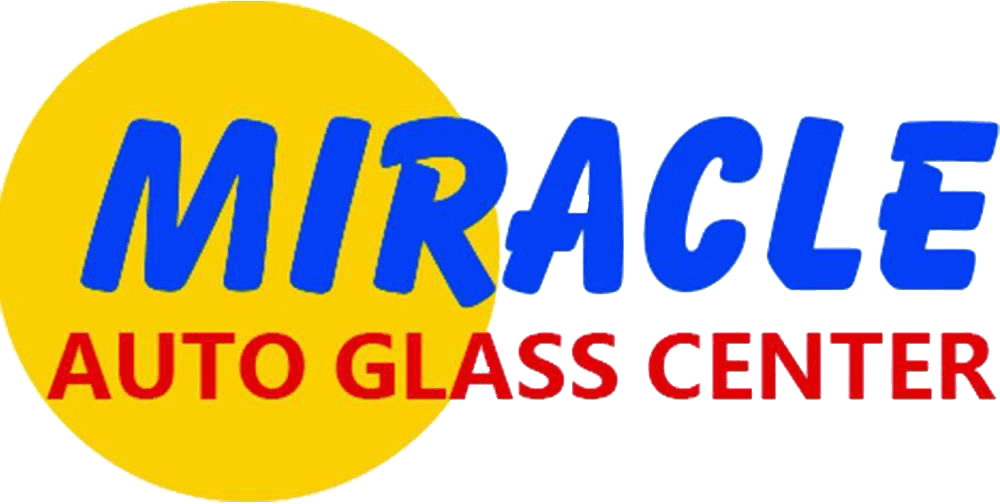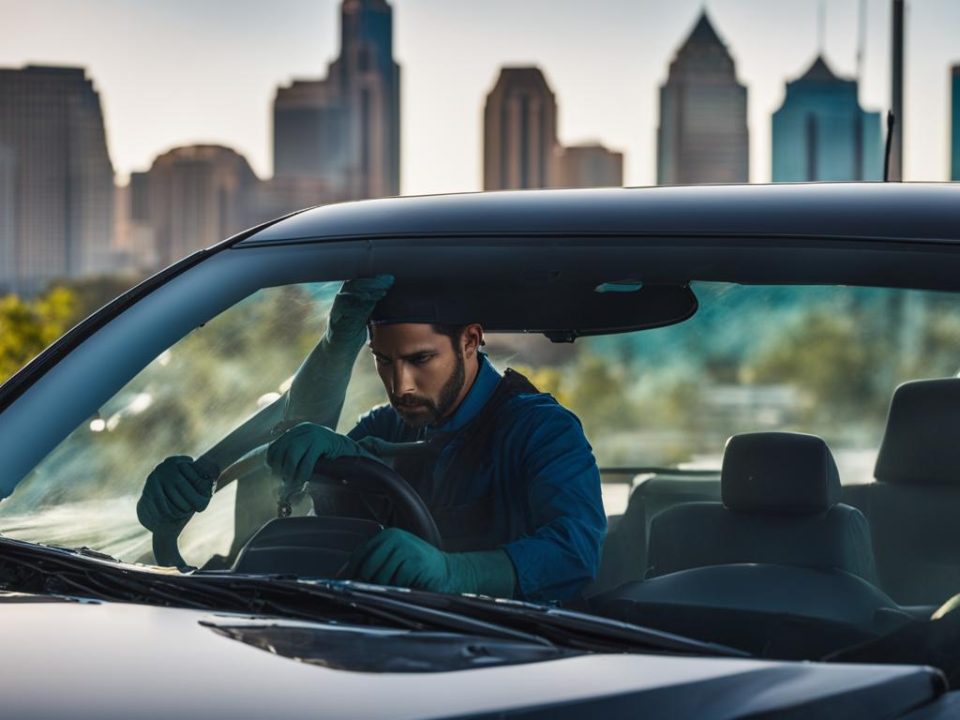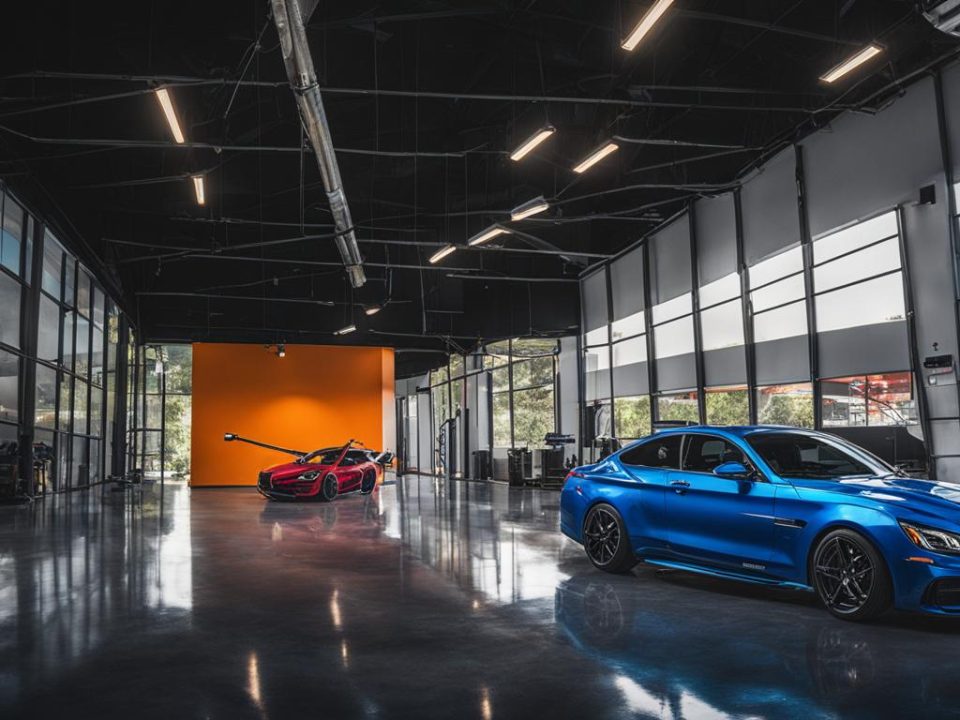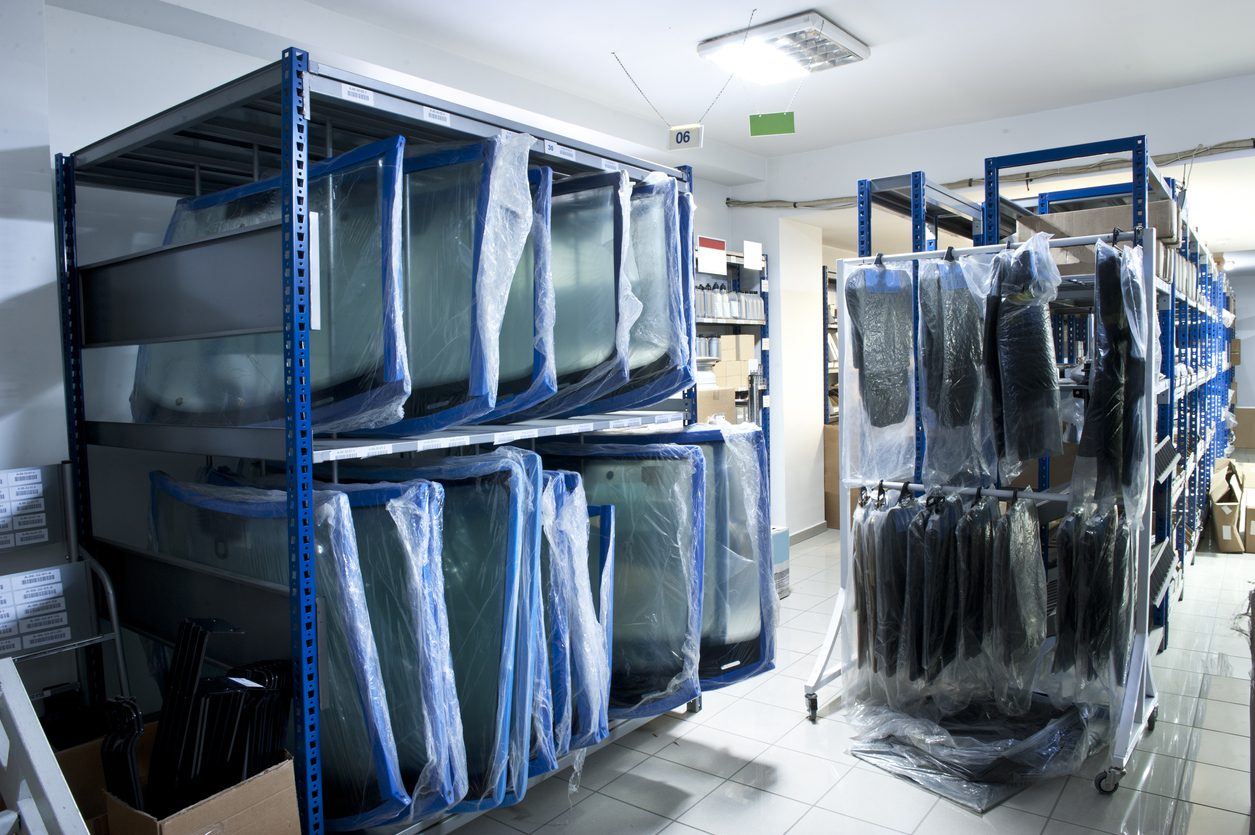
How Are Windshields Made?
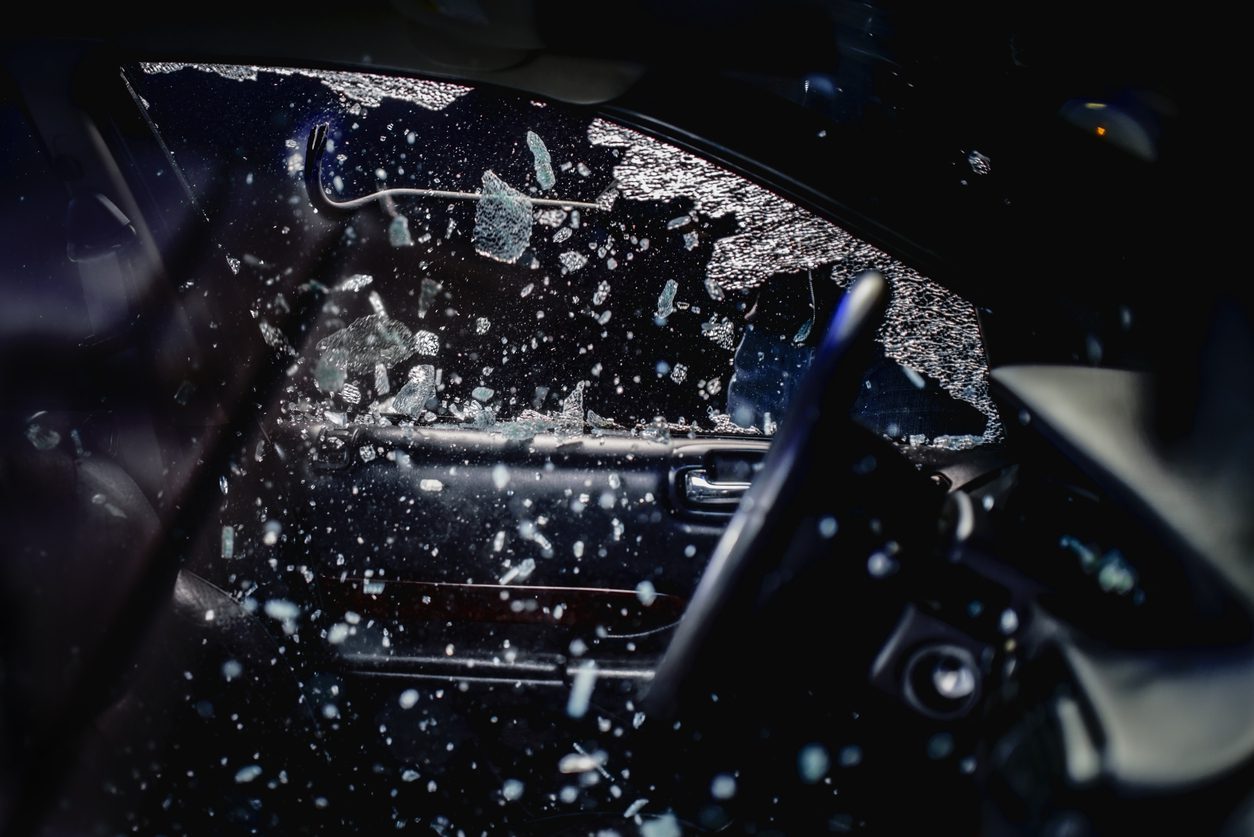
How to Clean Up Broken Auto Glass
Autonomous driving engineering (ADAS) is a growing industry. ADAS are safety features that assist a driver in making safer and more efficient driving decisions. They include forward-collision warning systems, automatic emergency braking, and cruise control. All of these systems are based on sensors. To function correctly, these sensors need to be properly calibrated. These devices require special equipment and training.
ADAS can be a risk to the occupants, especially when they are not working as they should. For example, if an ADAS sensor does not work properly, it can miss hazards and cause a vehicle to pull in the wrong lane, causing a collision. This is not a small risk. To make things worse, an ADAS system may not be able to detect a problem, and will not perform as designed until it is fixed.
To get the most out of a ADAS system, the ADAS module must be recalibrated after it has been replaced or repaired. In addition, a sensor should be aligned and aimed correctly to ensure that it is working efficiently. This is a very important task, as it can help prevent accidents. In fact, if a sensor is out of alignment by a fraction of an inch, it can cause a serious safety hazard.
ADAS systems are becoming increasingly complex. While there are still simpler versions on the market, newer vehicles are equipped with more complicated versions. For instance, many of today’s vehicles feature cameras that are mounted in the windshield and front bumper. These cameras are used to identify potential road hazards with Artificial Intelligence. A sensor that isn’t calibrated to the manufacturer’s specifications will not work at all, and can cause a safety hazard.
ADAS equipment and technology has come a long way. But despite the innovations, the need for ADAS calibration is growing. Your Number one choice for ADAS Calibration in San Antonio is Miracle Auto Glass. ADAS calibration is usually reimbursable. A technician can spend from one to three hours to complete a proper calibration.
The most important thing to keep in mind is that ADAS calibration is not an inexpensive task. To get the job done, a shop will need to invest in a scan tool, a measuring device, and a skilled technician. This is especially true if the shop is performing a dynamic ADAS calibration. Some manufacturers have specific requirements, such as the need for a level surface and a vehicle that is full of gas. This is a major cost factor, and the price of a proper calibration can vary wildly.
The ADAS device is a good indicator of how far advanced the automobile industry has come. In fact, the first ADAS systems were introduced in the 1950s. Today, dozens of new safety features are included in base model cars. This includes features like high resolution backup cameras, Lidar-based sensors, and anti-lock braking systems.
The ADAS is a great safety device, but the best part is that it does more than just warn you of potential dangers. It can also temporarily control braking and steering, giving drivers more time to react. The technology behind these functions has become so sophisticated that it can actually prevent a crash. But the sensors that trigger these safety functions are highly sensitive. A faulty sensor will not function at its factory settings, and can stop working suddenly. To be safe, it’s always a good idea to have your system recalibrated after a minor accident or other incident.
